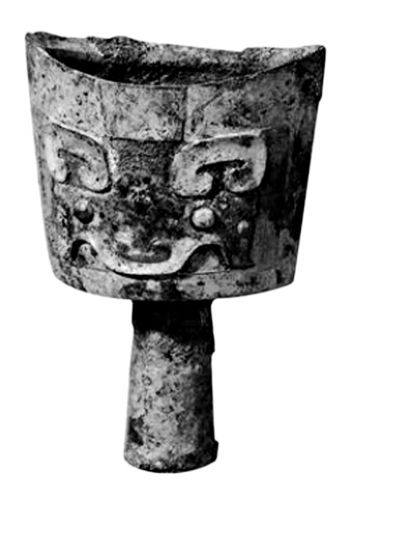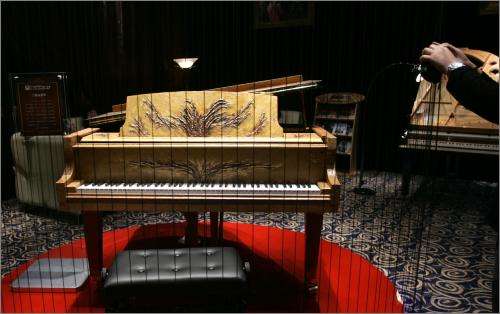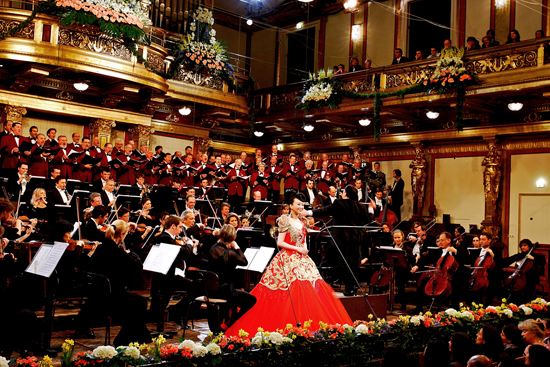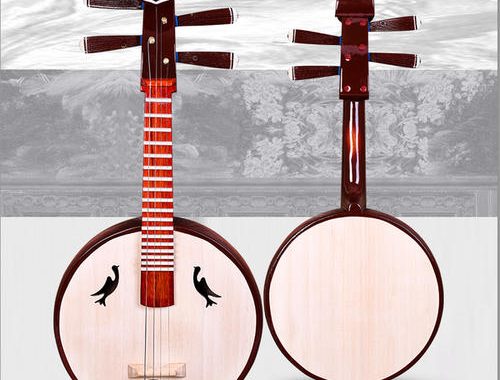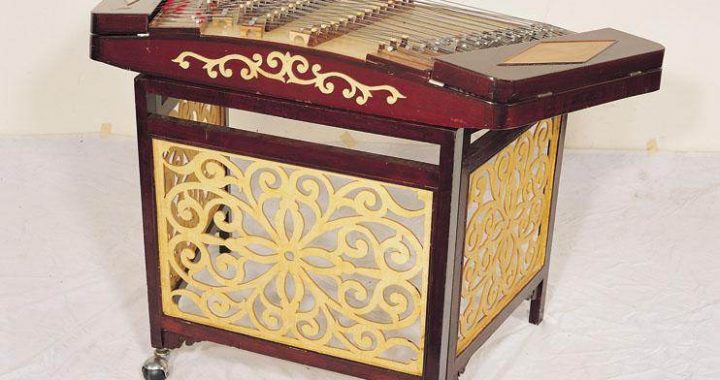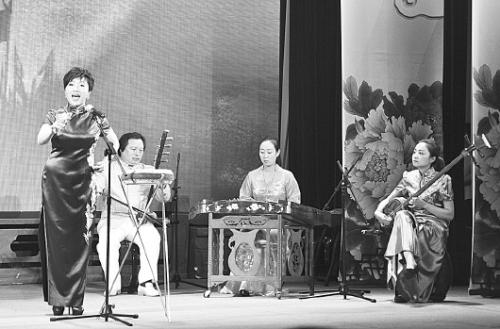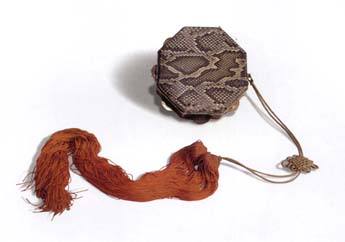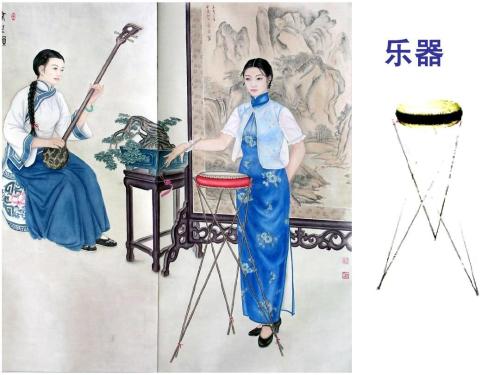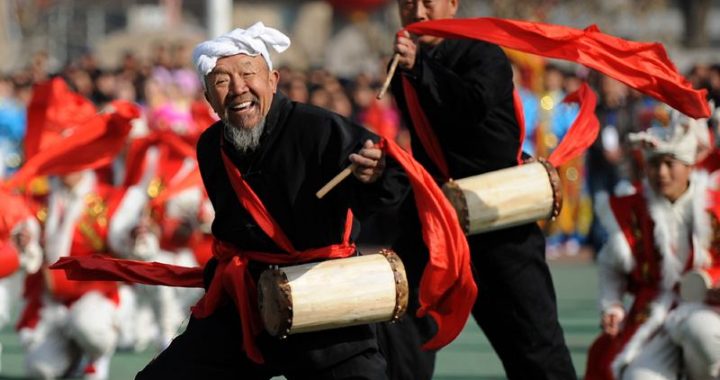The dawn of musical culture:China’s oldest musical instruments
3 min readMusical instruments are specialized implements for producing sound. The primitive musical instruments used by early humans were no more than household articles and tools of production that were capable of producing some musical sounds. At that time, the art of music was not completely separated from the daily life and productive activities of humankind. With the evolution of human society and increasing productive capability, early humans gradually learned to create specialized devices for making music. Far back in prehistory, the Chinese ancestors were already fashioning a wide array of musical instruments.
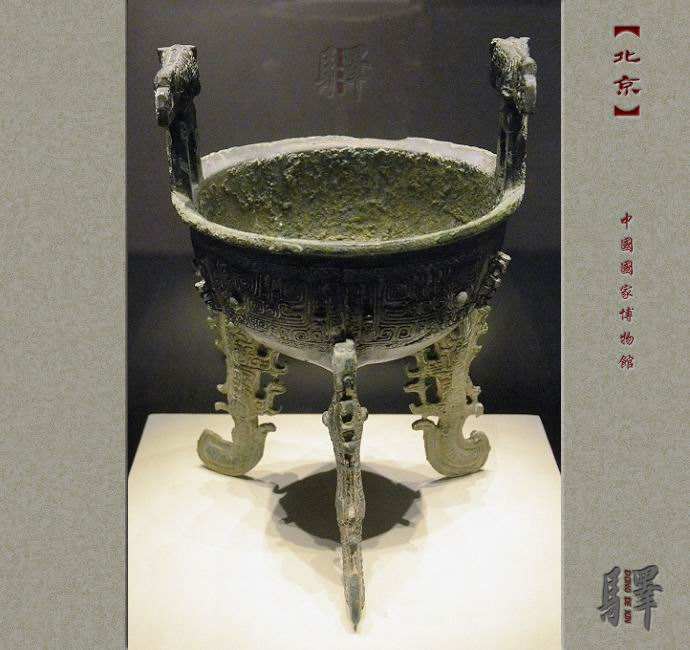
Archeological excavations have revealed that prehistoric musical instruments were made primarily of bone, pottery, and stone. Bamboo, Musical instruments are specialized implements for producing sound.
The primitive musical instruments used by early humans were no more than household articles and tools of production that were capable of producing some musical sounds. At that time, the art of music was not completely separated from the daily life and productive activities of humankind. With the evolution of human society and increasing productive capability, early humans gradually learned to create specialized devices for making music. Far back in prehistory, the Chinese ancestors were already fashioning a wide array of musical instruments. Archeological excavations have revealed that prehistoric musical instru-ments were made primarily of bone, pottery, and stone. Bamboo, wood, or hide may also have been used,but it is highly unlikely that instruments made from such ephemeral materials are still in existence. Prehis-toric musical instruments that have survived to the present day include wind instruments, such as bone flutes and whistles, pottery xun (Chinese ocarina), and pottery horns; as well as percussion instruments such as pottery rattles and drums, stone chimes, and large and small pottery bells. It is apparent that most of these artifacts were used specifically for making music, and thus can be considered true musical instruments.
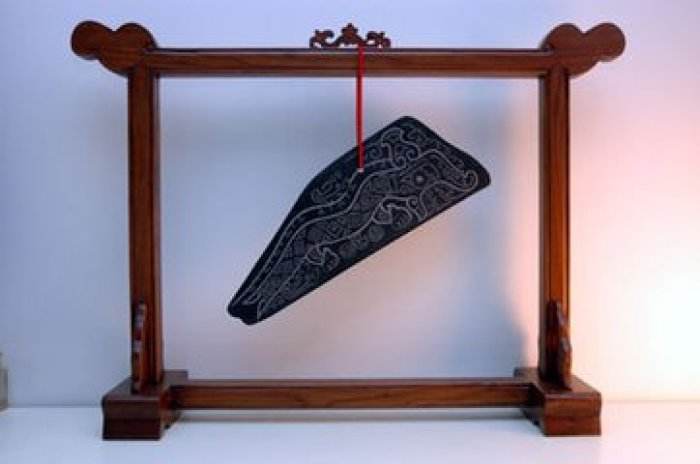
Taoxiangqi (pottery rattle)from Gansu Province Archeologists have excavated an unusual rattle-type instrument from an ancient gravesite in Gansu Province. A hollow ellipsoid vessel made of fired yellow clay, it has a burnished surface incised on one side with criss-cross lines. Inside the body are a number of hard pellets that produce a rustling sound when the instrument is shaken. This artifact is 6000 to 7000 years old, dating from China’s Yangshao Culture (c. 5000-4000 BC). Similar pottery rattles have been excavated from a number of Neolithic sites in China.
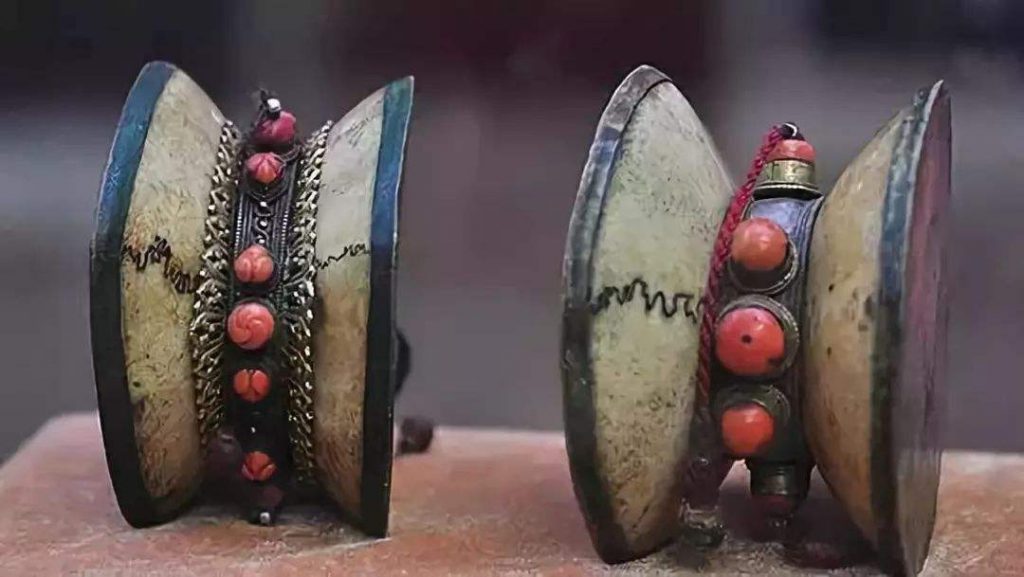
Most of them are spherical in shape, although some are shaped like boxes, discs, or animals. One type,known as the “sounding jar,” resembles a double walled water jar with clay pellets between the layers. Mu-sical archeologists generally refer to these instrurnents as pottery rattles. They are characterized by hollow bodies pierced with holes and incised with geometrical designs on the surface, and contain clay pellets or small stones that make noise when shaken. Since the sound produced is not very loud, it is believed that these rattles functioned as ornaments worn by dancers, similar to decorative bells. A number of pottery rattles have also been excavated from ancient children’s gravesites, suggesting that they may have served as children’s toys. Actually, there was not necessarily a clear division between toys and musical instruments at the dawn of human civilization. Even today, certain musical instruments, such as the niao xun (bird-shaped ocarina) and the taogu (drum-shaped rattle), are commonly played with by children. Regardless of whether the ancient pottery rattle was an ornament worn by dancers or a children’s toy, it is certain that it produced sound for entertainment. Musicologists therefore regard it as a true early musical instrument.
